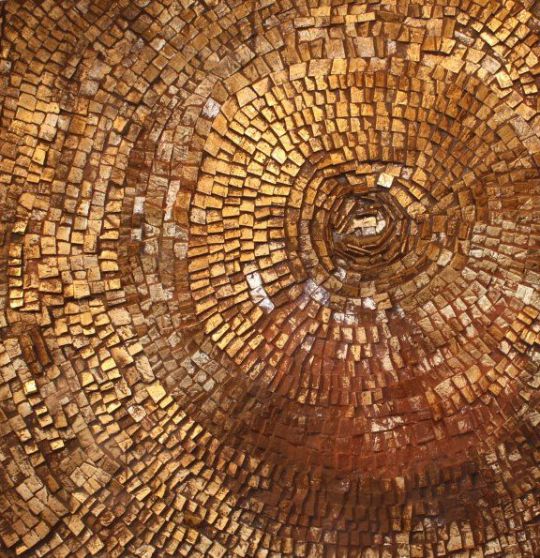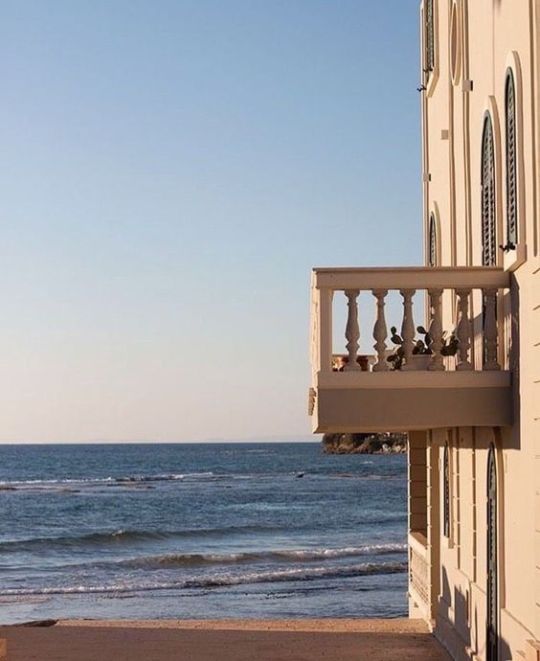Photo
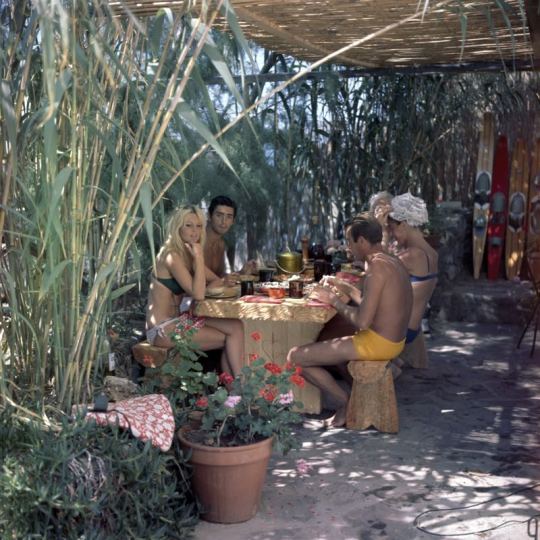
“Badot Al Fresco Lunch With Friends”, Ghislain Dussart.
French actress Brigitte Bardot lunching with her friends, on the terrace of her Madrague estate, in Saint-Tropez, Var, France, circa 1960.
2K notes
·
View notes
Text
God forgive me for any day i've ever been ungrateful.
23K notes
·
View notes
Text
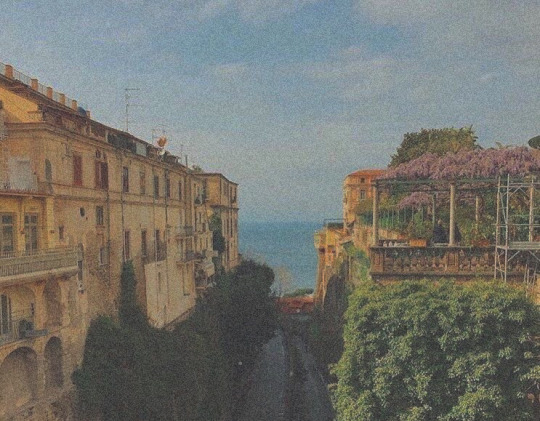
If he knew, if he only knew that I was giving him every chance to put two and two together and come up with a number bigger than infinity
41 notes
·
View notes
Text
Stop Azeri and Turkish Aggression on Artsakh
Azerbaijan and Turkey are launching military operations against the Armenian-inhabited region of Artsakh. They’ve threatened to ethnically cleanse the land of all Armenians if they take over; here are some links to help the Armenian community around the world and get informed about the Armenian side of the Artsakh/Nagorno-Karabakh conflict. Azerbaijan even threatened to attack an Armenian nuclear power plant in July, when there were some skirmishes along the border.
The Azeri government has already declared war on Armenia itself, not just Artsakh. Azeri and Turkish nationalists have regularly called for the complete extermination of the Armenian people. Their most fervent right-wing politicians stoke hatred and Armenophobia regularly.
I want to give little bit of background on the state of Armenophobia in Turkey and Azerbaijan, since it is very important in understanding the power dynamics of this conflict.
Throughout the late Ottoman period, there were massacres of Armenians in their ancestral homeland in east and southeast of what is today Turkey. This culminated in the 1915 Genocide, also known as the Armenian Genocide. This genocide targeted not just Armenians, but also Assyrians and Greeks who had been living on the land for as long as the Armenians had. Today, both the states of Turkey and Azerbaijan deny that what had occurred was a genocide. Yet, nationalists in both countries countinuously make threats of genocide to Armenians, Assyrians, and Greeks, often saying that they will “finish the job”. This talk by Turkish scholar Taner Akçam is a good watch to get an overview of the genocide and see how its denial affects Armenia-Turkey relations to this day.
The Artsakh conflict has its roots much deeper than I will describe; however, the modern keg for its ignition was the 1988 Sumgait Pogrom against the Armenian population of Sumgait, Azerbaijan. This pogrom sparked the modern Artsakh independence movement, which then led to the Baku Pogrom. The events in Baku, the Azeri capital, caused all surviving Armenians in Baku to flee to Artsakh and Armenia proper.

This is a a quote from 2006 from Baku’s mayor. This is the source of the quote (page 50).
Hate crimes against Turkish-Armenians are common in Turkey and are often encouraged by nationalists in the AKP party and the Grey Wolves organization. The most prominent of these was the assassination of Hrant Dink, a Turkish-Armenian journalist who was targeted and harassed for his entire career for attempting to bridge the gap between Turks and Armenians. The fascist Turkish police even took celebratory photos with his killer. One of those policemen was promoted.
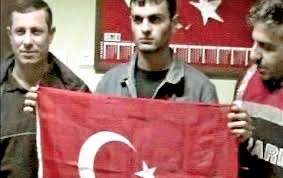
The Turkish fascist organization, the Grey Wolves, called for the hunting of Crypto-Armenians in Turkey. These are the descendants of the 1915 Genocide who either are not aware of their ethnic identities or keep it hidden out of fear.
Azerbaijan and Armenia had sent soldiers to Hungary for a NATO-sponsored training seminar. There, Armenian soldier Gurgen Markaryan was murdered by Azeri soldier Ramil Safarov for being an Armenian. Gurgen had rarely interacted with Ramil and had no ill will towards him. Against the wishes of the international community, Safarov was extradited back to Azerbaijan by the Hungarian government. When he arrived in Azerbaijan, he was pardoned and made into a hero.
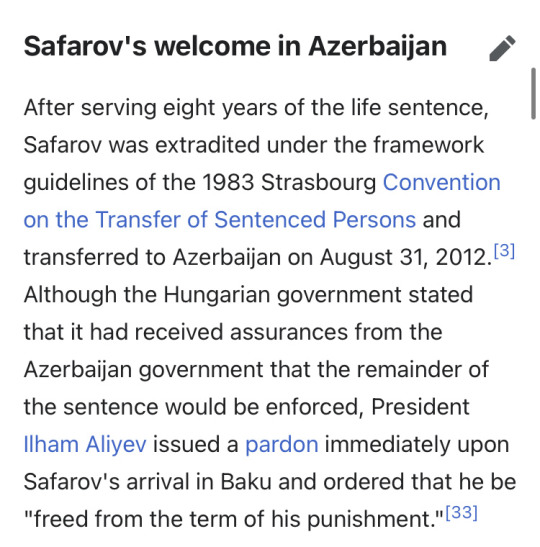
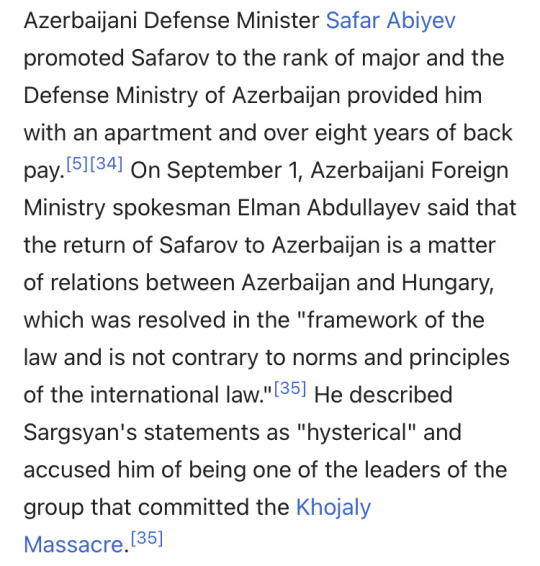
As you guys can plainly see, this is a matter of life or death for us. Our very existence in what’s left of our homeland is being threatened, and it’s really important to spread the word about Azerbaijan and Turkey’s continuous aggression against Armenia and the Armenian people. I hope you share this and, for those who can, donate to Armenia to aid us.
434 notes
·
View notes
Text

Rebecca Makkai, The Great Believers
Lees verder
11K notes
·
View notes
Photo
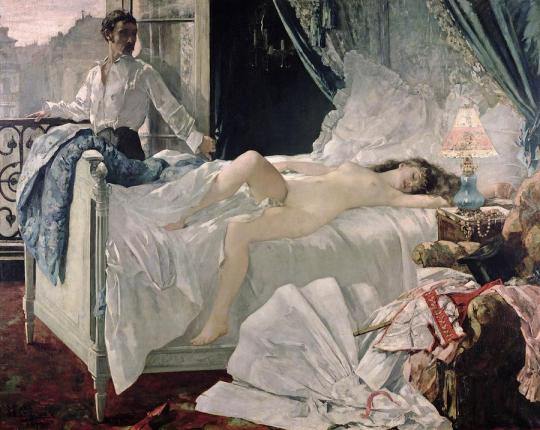
Rolla
Henri Gervex - 1878
Musée d'Orsay - Paris (France)
Painting - oil on canvas
Height: 175 cm (68.9 in.), Width: 220 cm (86.61 in.)
2K notes
·
View notes
Photo
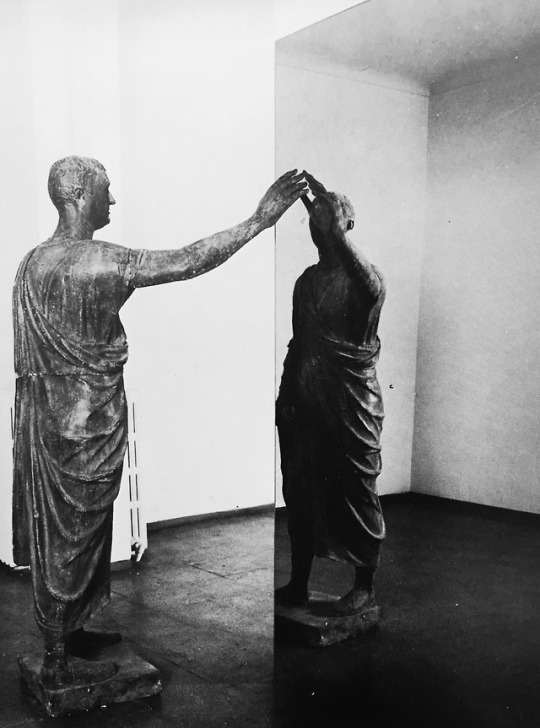
Michelangelo Pistoletto | L’etrusco (The Etruscan) | 1976
1K notes
·
View notes
Text
“There is Florence and there is Firenze. Firenze is the place where the citizens of the capital of Tuscany live and work. Florence is the place where the rest of us come to look. Firenze goes back around two thousand years to the Romans and, at least in legend, the Etruscans. But Florence was founded in perhaps the early 1800s when expatriate French, English, Germans, and not a few Americans settled here to meditate on art and the locale—the genius of the place—that produced it. Over the next two centuries a considerable part of the rest of the world followed them for shorter visits—“visit” being derived from the Latin vistare, “to go to see,” and, further back, from videre, simply “to see”—in the form of what came to be called tourism. The Florentines are here, as they have always been, to live and work; to primp, boast, cajole, and make sardonic, acerbic asides; to count their money and hoard their real estate, the stuff—la roba—in their attics and cellars, and their secrets. We are here for the view.”
— Robert Clark, Dark Water: Art, Disaster, and Redemption in Florence
546 notes
·
View notes




